
How to Measure E-Commerce Performance? Most Important E-Commerce Metrics
More than seven trillion dollars – this is the value the global e-commerce market could reach in 2025. However, while these figures tempt and encourage many interested in online commerce to invest in this business sector, it is crucial to be aware that many factors affect profitability.
So to grab the proverbial icing on the cake, it pays to know essential e-commerce metrics and how to measure KPIs. Want to learn more – read our article!
What is a metric?
Metrics allow you to measure sales levels and analyze any business process. Ongoing tracking of metrics gives a clear view of your business’s profitability, allowing you to point out the strengths and weaknesses of your business.
In the case of e-commerce, metrics can, for example, refer to the number of visitors to a site and determine the average value of orders or a shopping cart.
Knowing the most critical metrics makes it easier to make accurate business decisions, which translates into profitability, as well as the ability to stay one step ahead of the competition.
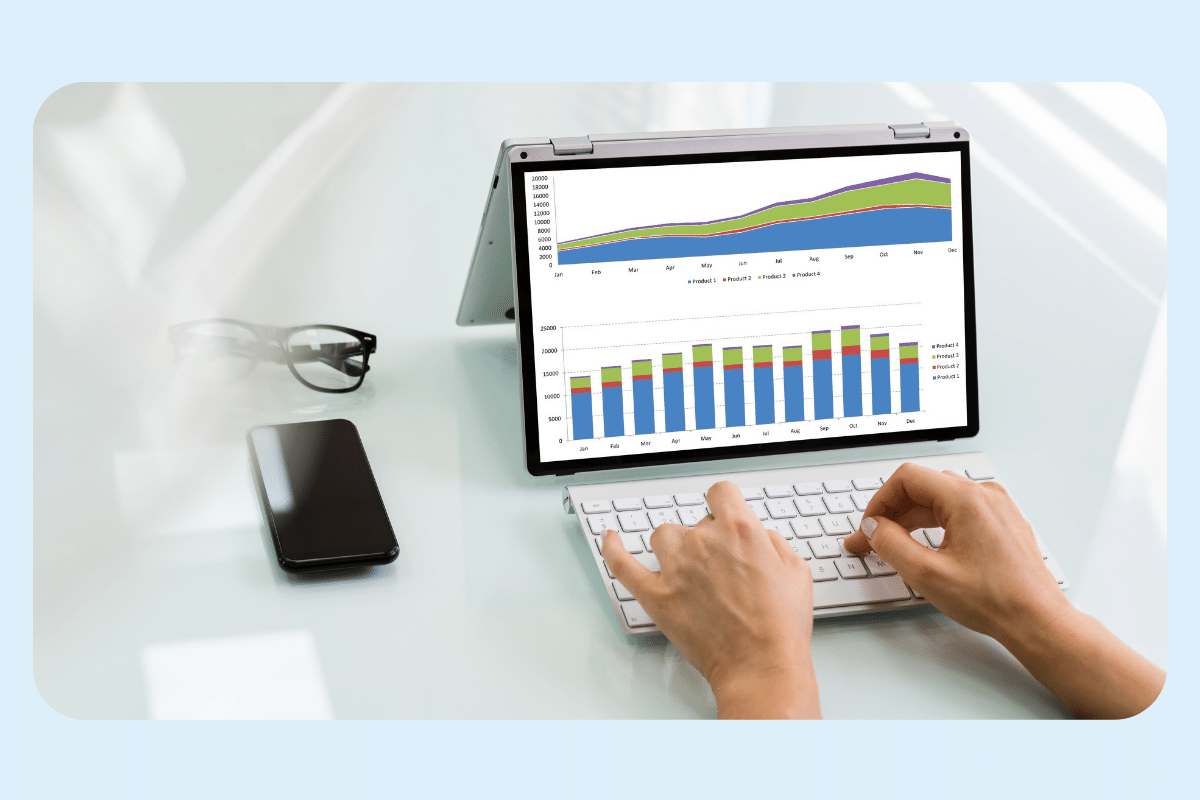
What is a KPI?
Key Performance Indicators are indicators that measure the achievement of predetermined goals. They can be a benchmark against other companies or departments – they are meant to determine our effectiveness and efficiency in operations.
KPIs are used as control tools to check whether the set goal is met. In addition, they make it possible to track the progress or decline in performance. KPIs are quantitative indicators expressed in numbers and are a directional indicator to assess whether or not a company is making progress.
The starting point in the selection of Key Performance Indicators is the definition of an authoritative strategic goal, which will consist of other smaller (operational) ones. Each chosen goal must have a corresponding value, which the KPIs will determine. In addition, the KPI should be embedded in a timeframe, which allows for analysis and comparison of results.
Ecommerce KPIs in e-commerce effectively support analysing ongoing activities’ effectiveness and help assess compliance with the adopted strategy. In addition, it is essential to remember that they should comply with the SMART principle, i.e. they should be:
- Specific (clearly defined),
- Measurable,
- Achievable,
- Relevant (Relative to the context),
- Time-bound (defined in time).
KPIs in ecommerce store are important because they relate to different levels of e-shop operations. For example, high-level KPIs may relate to the business’s overall performance, while low-level KPIs may focus on processes in specific departments, such as sales, finance, marketing or logistics.
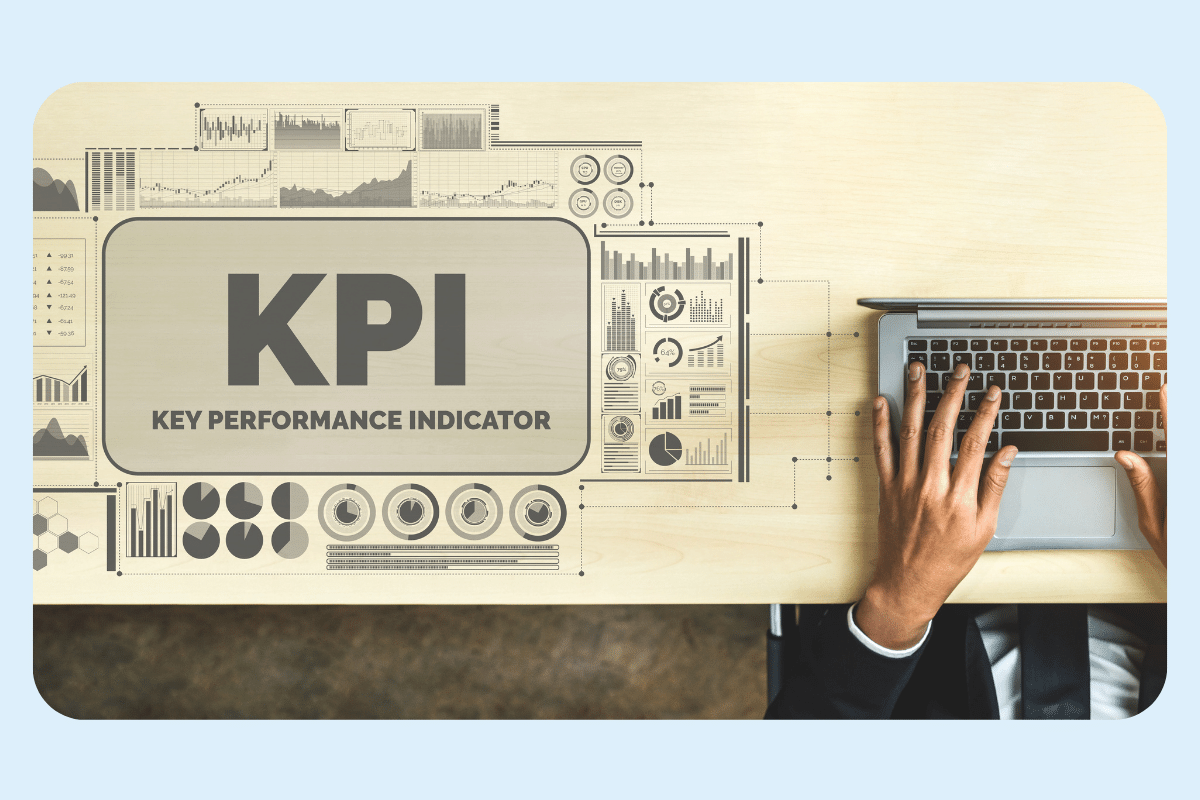
What’s the difference between KPIs and metrics?
Undoubtedly, we can assume that every KPI is a metric, but not every metric is a KPI. Metrics are any quantifiable measurement of the performance of ongoing operations.
While a metric is any quantitative measure, a KPI is one that you track for growth and from which you set goals. Simply put, these two concepts are determined by one fundamental difference: metrics measure process, while KPIs measure the performance of those processes.
How to measure ecommerce success?
Data analysis and KPIs in ecommerce are critical to profitability and the ability to grow in a fast-paced and competitive environment.
For an online business such as ecommerce stores, this is made possible by analyzing various data and statistics.
However, because of their number, it’s easy to get lost. This is because metrics and KPIs can relate to different areas – such as sales, marketing or customer service. Therefore, among the many key KPIs for the smooth operation of an organization, it is worth choosing the ones most relevant to your business. So, how do you choose them?
1. Identify the primary business objectives
Every ecommerce owner should keep in mind that analytics efforts should focus on the main business goals.
For this reason, the metrics you choose to analyze must be closely related to the main business goals you have previously adopted and show how to achieve them.

2. Identify short- and long-term goals
When defining business goals for your e-commerce store, don’t forget to divide them into short-term and long-term ones.
The small, day-to-day activities are supposed to lead you financially to realize the big work. At the same time, remember not to be tempted to let the prospect of short-term revenues distance you from the primary goal. It is vital to scale ecommerce and grow it systematically.
3. Constantly analyze selected ecommerce KPIs.
It’s not enough to select ecommerce KPIs to measure performance. You need to constantly analyze them to assess the business’s health and know if it is growing according to the strategy.
Remember to provide access to data and key KPIs to everyone involved in ecommerce. This will allow you to know, for example, whether an ongoing advertising campaign was successful, whether new customers are visiting the store and how much they spend on average.
Read also: Benefits of Digital Transformation
4. Take care of data visualization
Having data alone is not enough. You still need to be able to extract valuable business information from it.
However, if you choose the proper KPIs to track for your ecommerce , everything will become more straightforward and transparent.
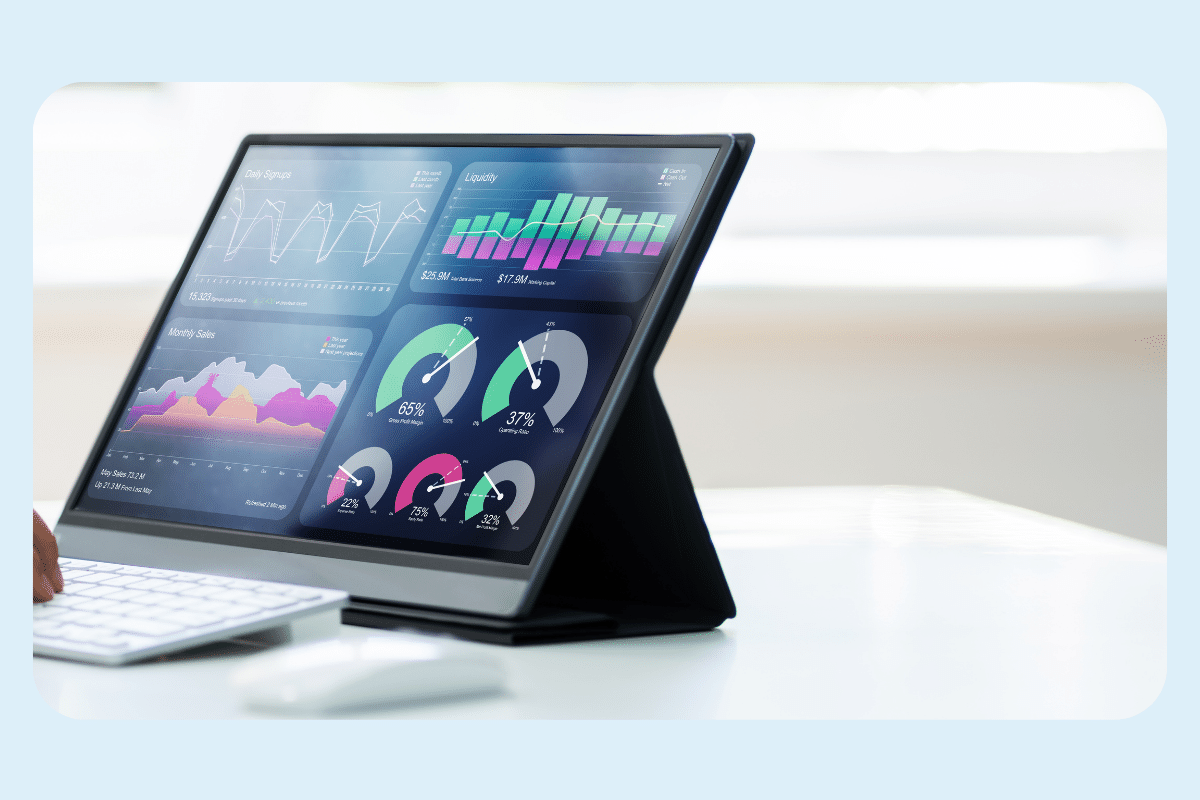
5. Monitor KPIs over time
KPIs are measurable. So you have quality tools to monitor your ongoing activities’ effectiveness.
Compare selected KPIs systematically over time and see if you are getting better and better results. If not, it’s a sign that you must do a deeper analysis and find a weak link. The fault could lie with your marketing efforts, the quality of your merchandise or poor customer service.
You should also pay attention to the performance of the service or the way the offer is presented.
Remember that the KPI measurement cycle must be repeated. With data that can be compared, you have a chance to make corrections and improvements.

How does site performance affect e-commerce conversion rate?
Site performance influences online sales – this is a fact that no one should doubt. In reality, however, few online store owners realize how much “influence” we are talking about.
From research conducted by Akamai and Gomez.com, we can learn that 47%, or nearly half of users, have the following expectation: the site should load within 2 seconds, and if it doesn’t load within 3.5 seconds, 40% of them will abandon it.
Furthermore, 80% of e-consumers have no intention (or will do so with great reluctance) to return to a site they perceive as inefficient. 44% of them will mention it to at least one friend.
As you can see, a bad reputation can spread quickly.
So if you take care of this aspect, you will undoubtedly stand out from the competition. Besides, according to Walmart’s latest research, every extra second a user doesn’t have to wait for a site to load can increase conversion rates by up to 2%.
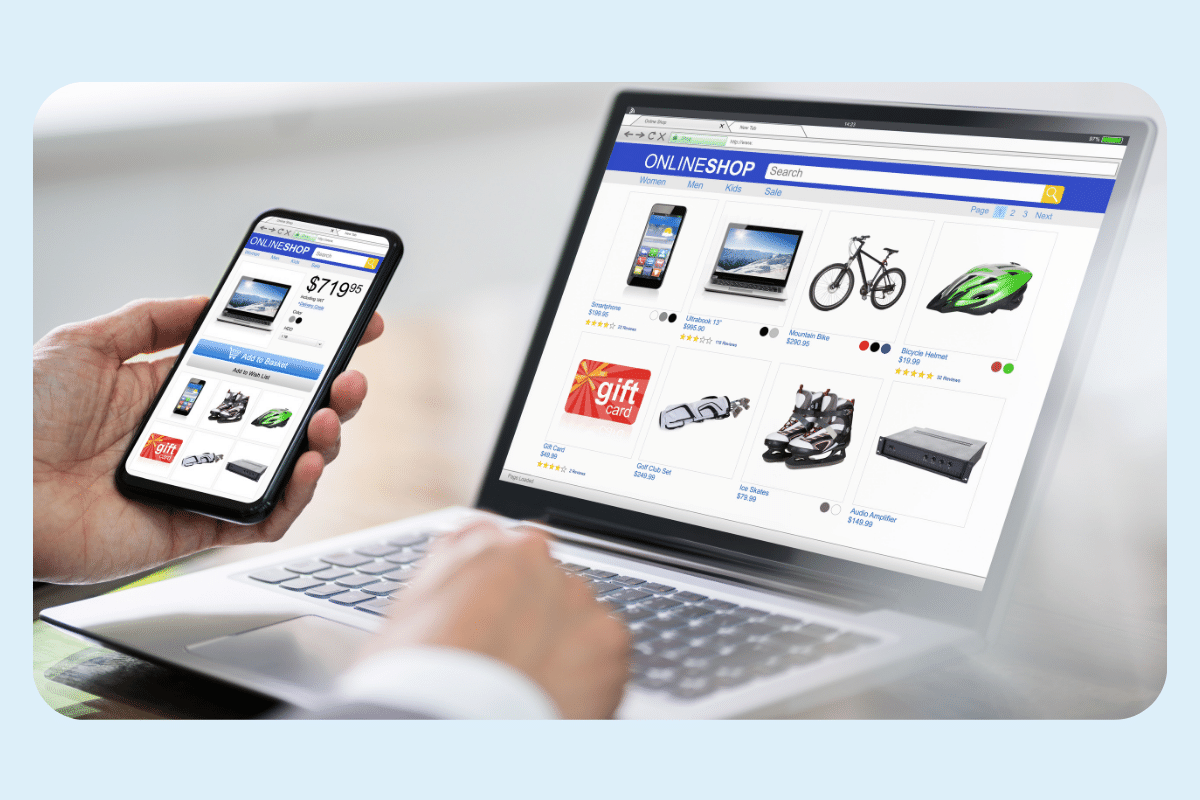
On the other hand, Amazon reported a 1 per cent increase for every 0.1 seconds of reduced page load time.
Some factors that cause a site to run slowly – such as the link or client-side hardware – are difficult to influence. However, e-commerce owners can take care of several things to make their site run as fast as possible: properly configure the server, use the cache or sensibly choose plug-ins and implement add-ons.
In addition, when selecting different applications integrated with the store, it is necessary to verify that they are fast and efficient enough not to overload the store.
A common problem in the ecommerce is also too big graphics. Therefore, it is essential to use a “light” format to reduce the size (e.g. WebP) and compress the files.
By the way, you can also compress the page itself. It’s also a good idea to measure the speed of Java pages and applications regularly. Tools such as Google PageSpeed Insights are helpful in this regard.
5 important e commerce metrics for a successful e-commerce store

Now let’s move on to discuss five key ecommerce metrics that are worth analyzing in ecommerce.
1. AOV – average order value
Average Order Value is a metric that determines the average value of each customer order in a given online store.
So why is it worth analyzing this KPI?
Because the AOV provides information on the profit from each transaction. In turn, fluctuations in average order value effectively help ecommerce owners assess their operations’ quality.
How is the average order value calculated? The formula is relatively simple:
Average order value = revenue/number of orders
How should the average order value be interpreted?
The higher the average order value is, the higher your ecommerce store profits are. However, this indicator should always be analyzed in relation to the revenue per user of your ecommerce and the conversion cost.
How to improve AOV?
Improving average order value is influenced by proper customer segmentation. It is also helpful to implement cross-selling and up-selling or offer free delivery to customers.
One of the most effective solutions is a product recommendation engine, a technology that automatically generates customized product recommendations for users. It combines cross-selling and up-selling methods as well as personalization which has a direct impact on AOV.

2. CLV – Customer Lifetime Value
The CLV – Customer Lifetime Value metric is used in ecommerce to estimate the revenue each customer can generate for an online store while using its offerings. It is worth knowing that the calculation of customer lifetime value assumes a predetermined measurement period.
Let’s check it out with an example: if you know that the average basket value of one of your e-store’s customers is €100 per month, and you want to examine its value during the next five years of cooperation, you will calculate the CLV indicator according to the following formula:
CLV = average cart value per month x number of months
That is, in our case:
CLV = 100 (PLN) x12 (months) x 5 (years).
The CLV will be 6000
However, the customer lifetime value metric should be taken as an overview. When combined with margin analysis and CAC (customer acquisition cost), this KPI gives an idea of the health of an e-business.
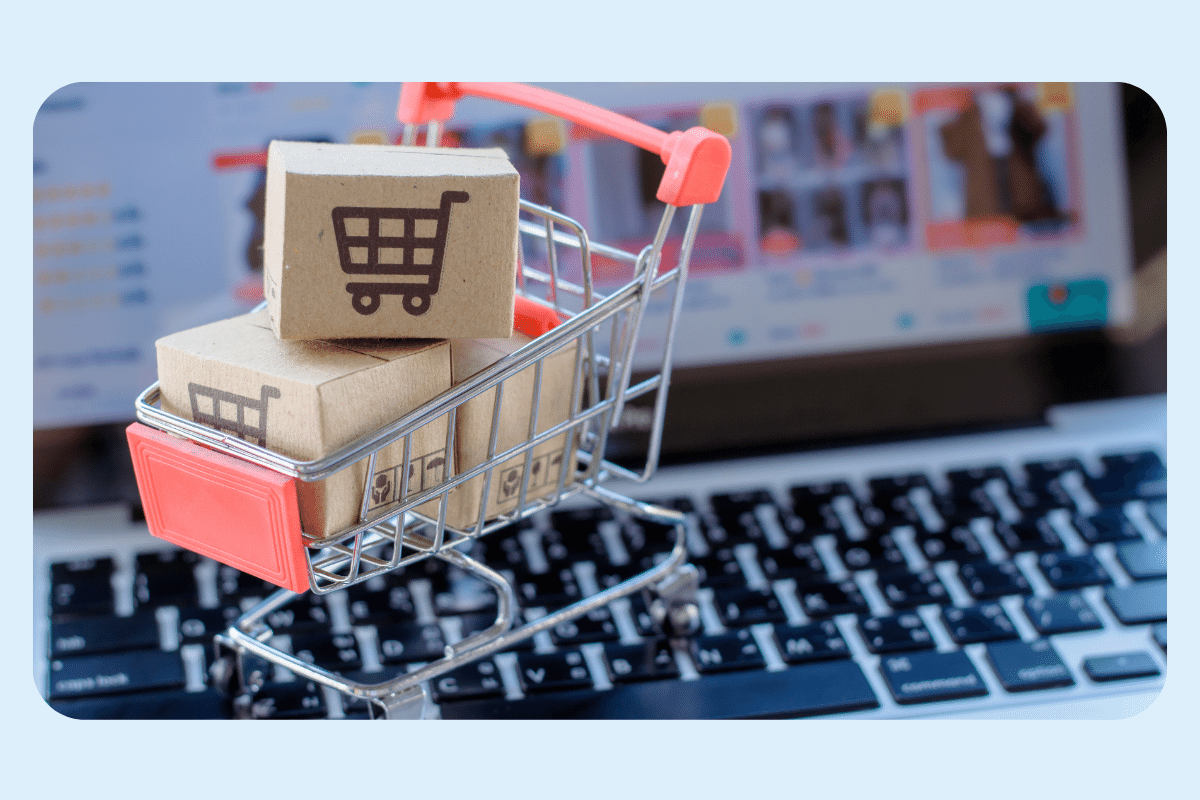
Why is it essential to analyze customer lifetime value in ecommerce?
Knowing the customer lifetime value is very useful when determining the financial outlay it takes to acquire new customers and retain existing ones.
Knowing this data, you can, for example, better estimate the marketing budget needed for PPC ads.
How to improve CLV?
The customer lifetime value metric will rank at a satisfactory level when you send personalized emails and dedicated offers to customers according to their needs.
It is worth using marketing automation tools, which, thanks to advanced techniques based on machine learning and artificial intelligence, perfectly interpret customer behavior in online stores. The data they acquire allows them to optimally select offers in real-time, which increases the chances of purchase and customer satisfaction.
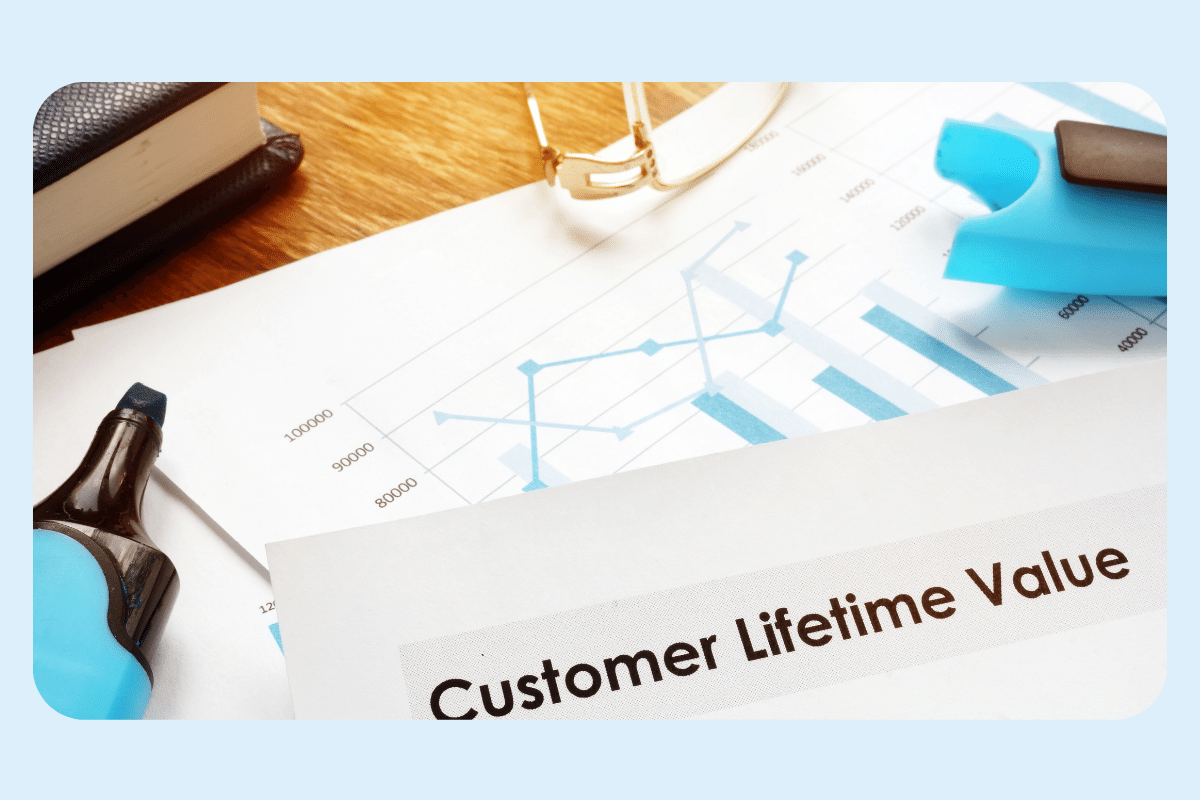
3. CAC – customer acquisition cost
Another equally important metric in ecommerce is CAC or Customer Acquisition Cost. You can calculate this KPI simply by dividing the cost of marketing activities by the number of conversions.
Customer acquisition cost formula:
CAC = cost of marketing activities/number of new customers
Let’s test this with an example: if you spend €5,000 on Google Ads and get 50 new customers through these activities, the CAC will be €100.
How should such a value of customer acquisition cost be interpreted?
First of all, you need to relate the result to the current market realities and the situation in your industry. It is worth knowing that the CAC metric should be calculated for each marketing channel separately.
Only then can you determine which of your promotional campaigns generate revenue and, simultaneously, do not compromise your budget. When analyzing, pay attention to which channels the CAC metric is lowest for. If customer acquisition costs are low, it’s worth adding funds to increase revenue.
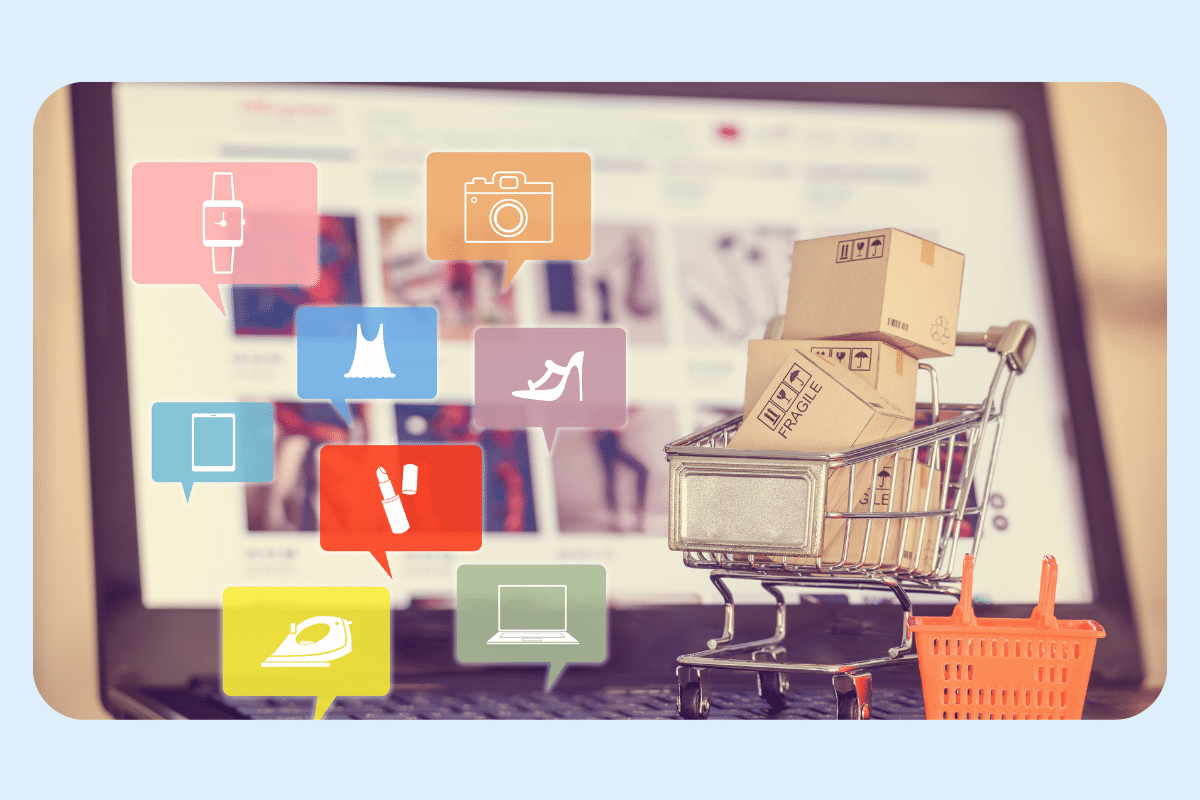
4. Shopping Cart Abandonment Rate
Abandoned shopping carts are the absolute bane of online retailers.
What are they? The term itself says a lot – this is the situation when a user enters a store, adds products to a shopping cart, and then abandons the order and does not complete it.
The shopping cart abandonment rate is a fundamental ecommerce metric, which is calculated as the ratio of the number of unfinalized purchases to the number of total orders in an online store in a given period.
Formula:
SCAR = number of unfinalized purchases/number of total orders in an online store
How to analyze the shopping cart abandonment rate?
The high value of this ecommerce metric is worrying. If you find this KPI high in your online store during analysis, you must thoroughly examine the customer’s purchase path. The result of the study should be to pick out the factors that discourage customers from completing purchases.

5. CRR – Customer Retention Rate
This indicator is used to measure activities to answer the question, are customers continuing to buy from us, or are we losing them? For example, it may be that our customer base continues to grow, but only through new customers, which are relatively expensive to acquire.
The way to calculate customer retention rate:
CRR = number of repeat customers buying in a given period/number of customers buying in the previous period.
What questions will we get answers to by analyzing the customer retention rate?
First – what proportion of customers who purchased a product or service in the previous period repeated the purchase (quantified).
Second – what is the value of purchases made by existing customers in relation to purchases made in the previous period by existing customers and those who did not repeat purchases from the company (value approach).
Third – what is the effectiveness of market penetration strategies according to Ansoff’s types of marketing strategies – a low value of the indicator may indicate the need for market development or diversification activities.
How to improve CRR?
First of all, ensure the quality of your customer service. Studies show that customers now expect service through social media and a quick response to their requests.
Also, ensure that you provide a personalized approach and show customers that you care about them (for example, through loyalty programs).
Additionally, take customer feedback into account and make improvements in areas they point out as weak links in your ecommerce.
Don’t forget to systematically verify the data from Google Analytics – including tracking website traffic, checking where customers come from, and at what times they make purchases. The better you know your audience, the more likely they will place an order in your ecommerce.
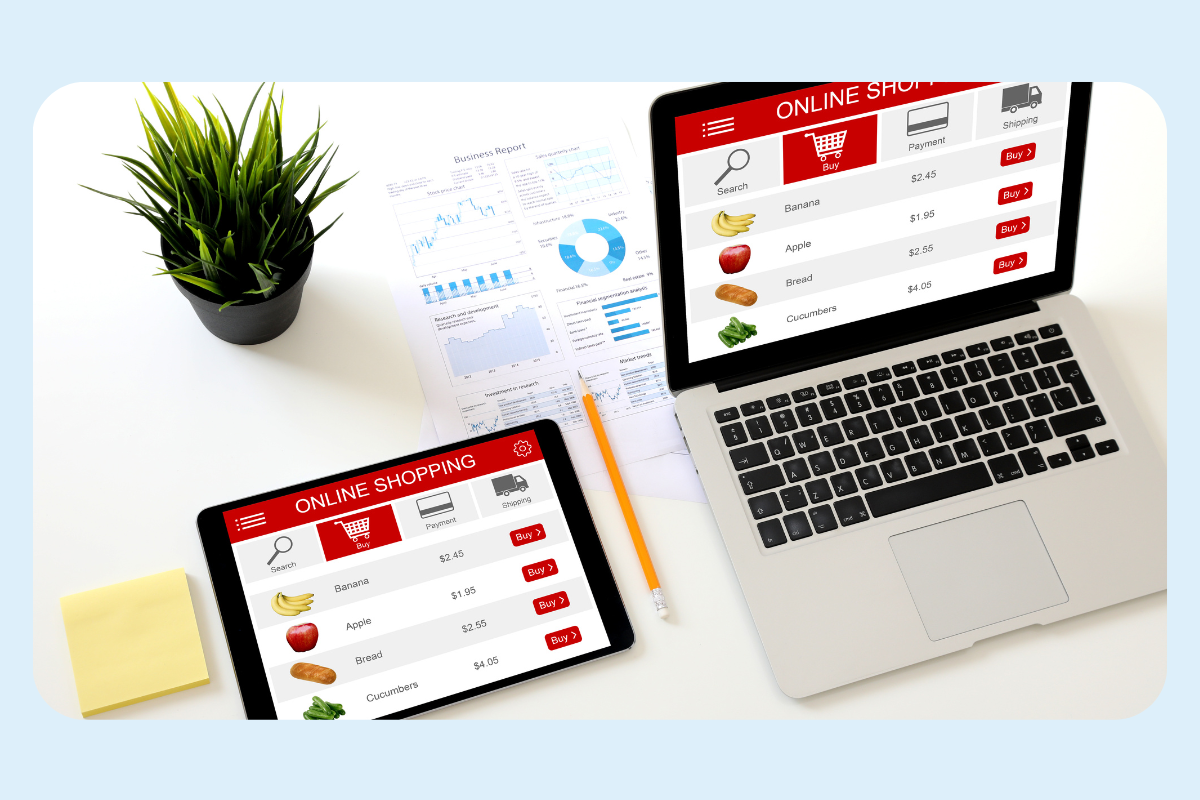
What are other ecommerce metrics worth analyzing?
Popular ecommerce metrics also include customer lifetime value (CLV), sales conversion rate, conversion rate, ecommerce churn rate or average order value (AOV). However, it would help if you remembered that every ecommerce business is different – it all depends on the industry, country, audience or assortment.
Most important e-commerce metrics – summary
When choosing key ecommerce metrics, don’t go by what your competitors are doing. Instead, look at your ecommerce store and adopt strategic goals. This way, you will choose the best KPIs to track your marketing campaigns and your email marketing effectiveness or analyze social media engagement. They’ll also help you know which products in your store are most popular, better manage seasonality, and get more loyal customers while lowering the cost of doing business.
Looking for a professional, cohesive and expert IT team to work on your e-commerce project? Then you’re in the right place. Get in touch with us!
Related Posts
- What Is Hazelcast And What Is It Used For?
- How to Build a Recommendation System: Explained Step by Step
- How to Achieve Fast Web Application Performance: 10 Practical Tips for Developers
- Ultimate Guide To Java Performance Monitoring: Which Java Profiler Is The Best?
- Web Application Development: Your Must-Have Guide for 2024